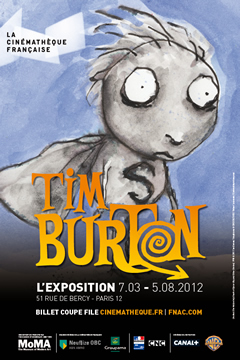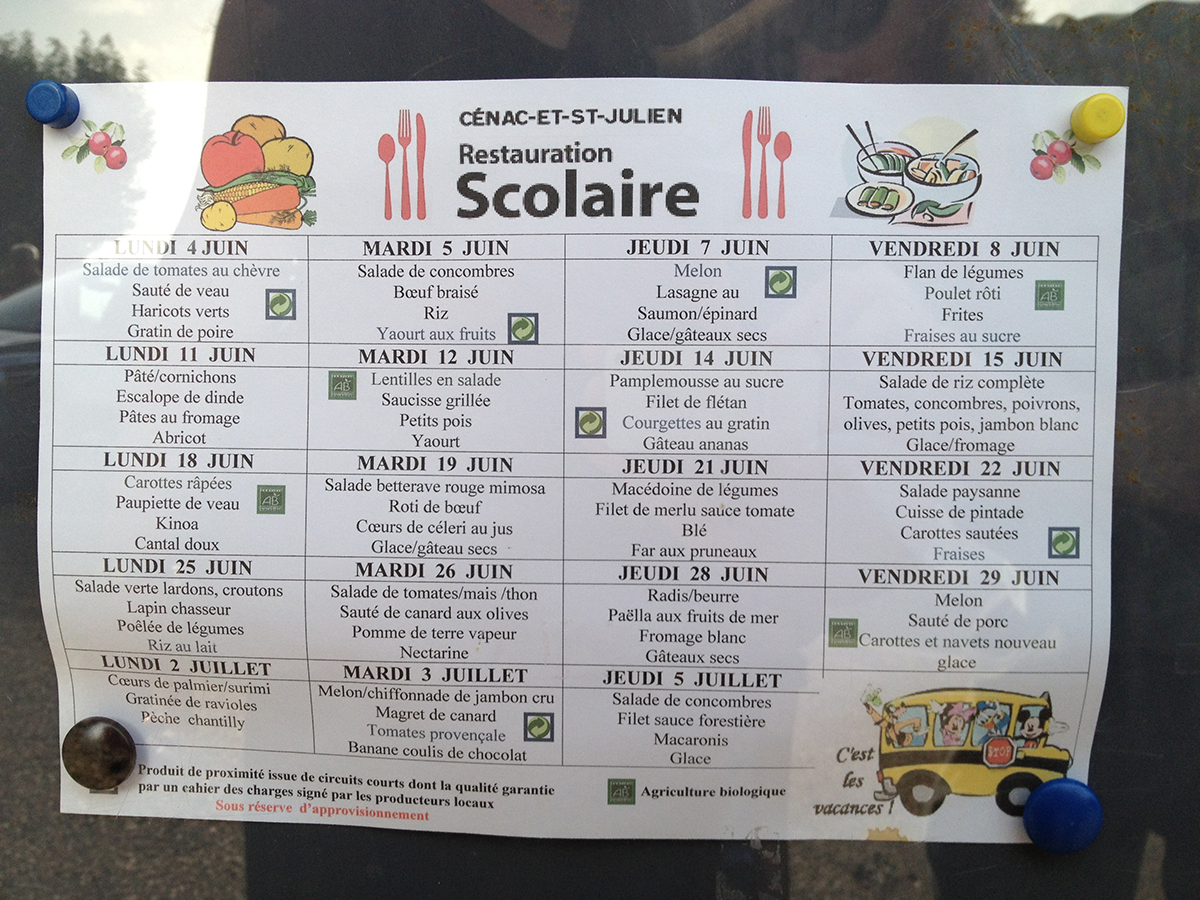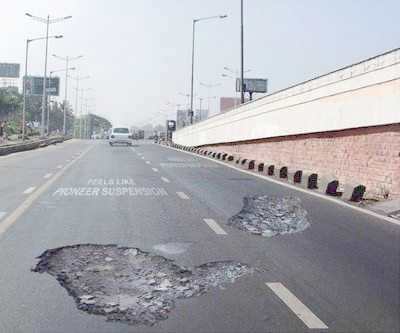The following video and article has been brought to by the folks at open-site.org. Enjoy! When Gil-Scott Heron wrote that “The revolution will not be televised” he was right. Instead, it will be youtubed, it will be statused, and it will be retweeted. Social networking sites reach more than 82% of the global population: 1.2 billion people. And governments are afraid. Today, a handful of users on Facebook, Twitter, and Youtube can launch a movement that can topple a regime. Just look at Tunisia. Just look at Egypt. It can organize the frustration of middle class Americans from the impotent complaints of individuals into a spontaneous, passionate and primal force. A wave doesn’t demand concessions, but you have no choice but to acknowledge it when it crashes down on you. We are the 99 percent. And what are the results? New governments, an informed and politically active people, and validation. A little over a year ago, The United Nations declared internet access a basic human right. You are a change agent whether you know it or not. Whether you want to be or not. Everyday you blithely browse your virtual network you participate in an engine of social transformation. Welcome…
Tag Archive for emotional design
Ethnographic & User Data, Interface Design, Pipsqueak Articles, Uncategorized, Users
Group Color Preferences
by Olga Werby •

The Color of the Redhead Festival… …is NOT red! An annual festival of redheads has been taking place in Breda, Holland, was held on 3 September of this year. Almost 2000 red heads from 52 countries gathered together to share and revel in their DNA, BBC corresponded Tim Allman reported. In the sea of red, what stands out is a clear preference for color green. Somehow, the color green become the unofficial uniform of the red-headed. It’s not like they all thought: “I think everyone will be wearing green, so should I.” More likely, redheads believe they look better in green. But when every one in the group shows up in green, it strengthen the bond. Red Delegates, Blue Delegates Check out this crowd shot of the republican convention. Notice any color that stands out? How about at the democratic convention? And here’s a lighting scheme for the democratic convention: The convention organizers used color as a reenforcement of political unity for the delegates at both conventions. Using Color to Cement Group Affiliation There are certain professions that signal group membership with color: white used to be the preference for doctors and scientists working at a lab; green or blue…
Anchoring Errors, Background Knowledge, Conceptual Design, Cultural Bias, Cultural Differences, Mental Model Traps, Pipsqueak Articles, Product Design Strategy, Scaffolding
Designing an Optimum Nudge
by Olga Werby •

I’m sitting by a window looking out at a rainy Paris street, thinking of cultural differences between Paris and San Francisco, taking advantage of bad weather to do some writing. Over two decades ago, I did some ethnographic research a Exploratorium, looking at how different visitors interacted with the museum’s hands-on exhibits. I was looking for ways to improve the visitors’ experience, raise understanding of the phenomena they were observing. What I saw was different ways in which visitors experienced failure: p-prims that got in a way; folksy wisdom that caused confusion; lack of affordances that led to bottlenecks; permission giving that set up strange expectations; etc. The results of this study turned into a Master Thesis for UC Berkeley. Now, I would like to explore some of the ideas that surfaced during my Exploratorium research and apply them to design of nudging — carefully crafted affordances and perceptual cues that manipulated users into acting a certain way while maintaining the illusion of freedom of action. Let me start with a bit of history — a quick summary of some of the results of Exploratorium study. Permission Giving Two decades ago, “hands-on” exhibits were still novel in the museum world.…
Anchoring Errors, Background Knowledge, Background Knowledge Errors, Cognitive Blindness, Cultural Bias, Cultural Differences, Diagnostic Errors, Errors, Ethnographic & User Data, Group Decision Errors, Mental Model Traps, Mirroring Errors, Misapplication of Problem Solving Strategies, Pipsqueak Articles, Product Design Strategy, Users
Cultural Barriers to Success
by Olga Werby •

Man-made Disasters in a Wake of Tsunami This month, The Fukushima Nuclear Accident Independent Investigation Commission issued its final report on the disaster: It was man-made! Here’s a quote from the report: What must be admitted — very painfully — is that this was a disaster “Made in Japan.” Its fundamental causes are to be found in the ingrained conventions of Japanese culture: our reflexive obedience; our reluctance to question authority; our devotion to ‘sticking with the program”; our groupism; and our insularity. Had other Japanese been in the shoes of those who bear responsibility for this accident, the result may well have been the same. The last sentence is particular insightful — the blame was not rested on the shoulders of a particular individual, as tempting as that might be, or even on the shoulders of some manager. The fault was places on the cultural context in which the incident played out. Museums in Paris We just got back from seeing a Tim Burton exhibit at the La Cinémathèque, in Paris. The content of the exhibit, as one could imagine, is quite wonderful. But there were many, many human failures in making the visit an enjoyable experience. And yes,…
Background Knowledge, Cultural Bias, Cultural Differences, Mental Model Traps, Pipsqueak Articles, Product Design Strategy, Users
Foie Gras on Child’s Menu and Other Cultural Differences
by Olga Werby •

We are staying in a tiny village of Cenac, in a beautiful Dordogne Valley in France — the valley of foie gras (duck liver). The other day, when we went out for dinner in a local restaurant, we saw a great little item on the Child’s Menu: foie gras! Imagine a duck liver pate on a child’s menu anywhere in US? Here, it’s a common item — if not duck liver, than some other pate is often on the menu for kids. Check out the photo we took of the elementary school menu, posted on the door of the school: Notice the rabbit, duck, olives, salad and vegetables, and, of course, the pate on the menu! I think the families and children in this small village would be shocked by the menu offerings at our schools in San Francisco! This is a cultural difference! Cultural differences affect how we think about problem solving — how we approach the problem and how we go about looking for solutions. Consider a few images below. They are from India and show a cultural difference in imaginative solutions to every day problems: The motorcycle bus and the home-made flotation device show creativity within a…
Conceptual Design, Cultural Bias, Cultural Differences, Featured, Pipsqueak Articles, Product Design Strategy
30,000 Years of Logo Evolution
by Olga Werby •

Logos have undergone an amazing amount of visual change in the last 30,000 years — obvious statement, isn’t it? But if you look at the change, all grouped together, what we are seeing is the evolution of visual language. The way we relate to icons and what we want them to be is changing continuously. From “I was here” hand print on the wall of an ancient cave to the modern version of Apple logo, we are just trying to make a brand that the current generation of users finds visually appealing.
Conceptual Design, Diagnostic Errors, Interaction Design, Interface Design, Perception, Pipsqueak Articles, Product Design Strategy, Scaffolding
Design Solution to Real World Problem — Speeding!
by Olga Werby •

Knowing something about behavior, visual processing, and human nature, designers can nudge users into doing the right (or in this case, lawful) action. Speeding is a problem all over the world. People are notorious for underestimating the real amount of time it takes to get places they need to be. Traffic congestion, car problems, detours, and other (un)foreseen events can make a huge difference in time variability of getting from one place to another. The problem, though, is that we can’t really force people to leave on time or drive the speed limit when the drivers think that no one is looking. So with the law on our side, we can create other ways of forcing people to behave lawfully by changing environmental conditions and relying on human nature not to do what’s right, but to do what they think they have to based on circumstance. Here are a few creative ways of solving the speeding problem on our streets. Using Visual Processing Errors to Slow Traffic Canadian drives misdiagnose the problem and try to drive straddling the “hole” in the road. Everyone is successfully slowed down. The Fake Traffic Cop Threat as a Speeding Deterrent In general, people tend…
